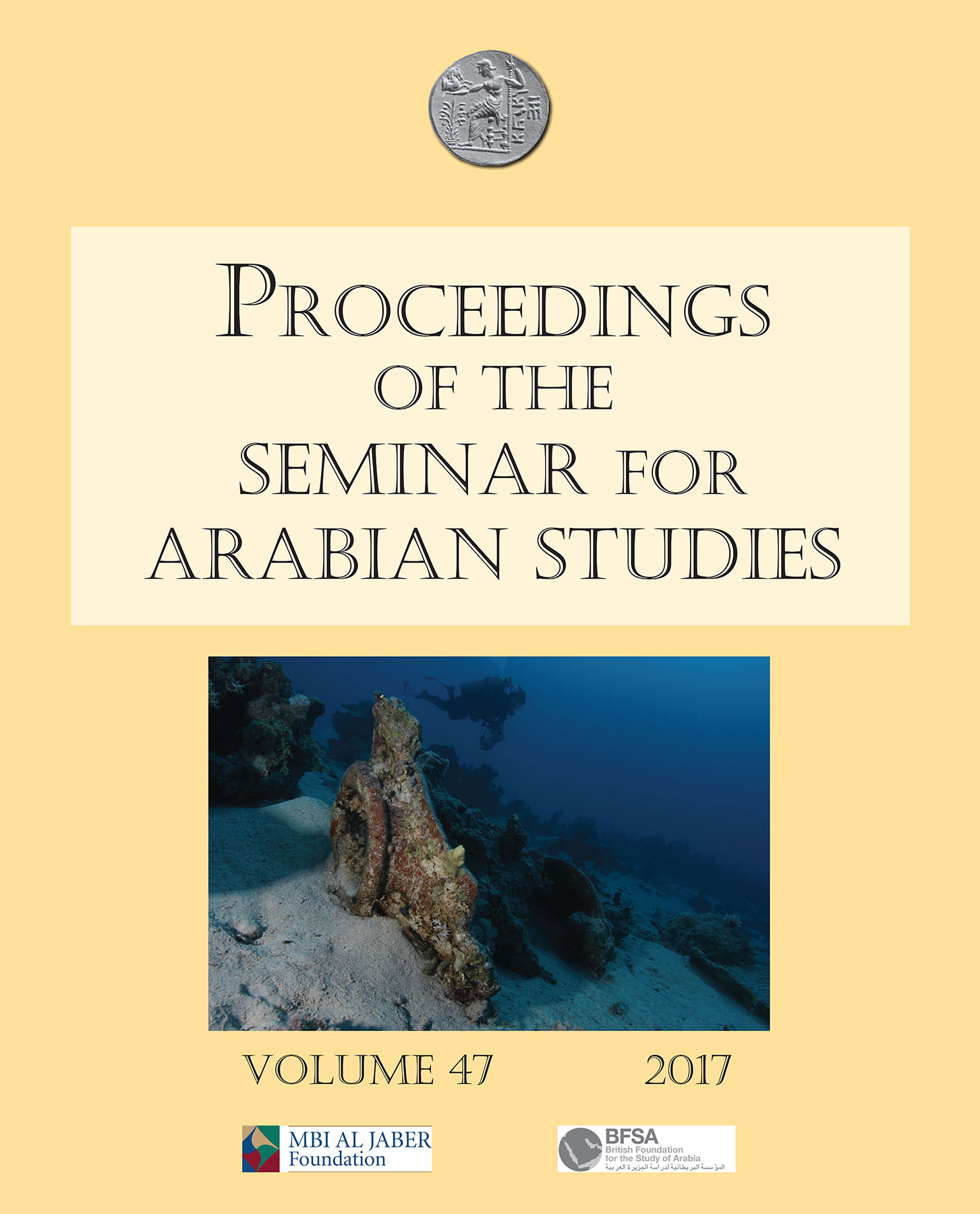Traces of date palm in an early third-millennium BC tomb in Zukayt, al-Dākhiliyyah, Sultanate of Oman (poster)
Keywords:
date palm, micro-botanical remains, elemental analysis, Bronze Age, OmanAbstract
Tomb ZKT109 in the oasis of Zukayt (al-Dākhiliyyah, Sultanate of Oman) yielded a small biconical Mesopotamian jar made of fine, buff-coloured paste and dated to Jemdet Nasr/Early Dynastic I–II period (c.3100–2700 BC). The vessel is entire and well preserved aside from severe abrasion on its external surface. This find testifies to the penetration of southern Mesopotamian material culture (or to the contextual production of local imitations) into central Oman during the first half of the third millennium BC. Micro-botanical and elemental analyses were carried out on the sediment contained in the vessel: 1) to determine the overall feasibility of such analyses in this environmental context; 2) to elucidate possible uses of the vessel; and 3) to explore depositional and post-depositional processes. Results showed relatively good preservation of plant micro-remains, including pollen and phytoliths (mostly from palms and dry land grasses). Elemental analysis shows the presence of phosphates, suggesting the preservation of organic matter, which should be further tested through lipid analysis. These results open interesting scenarios for the study of residues from vessels in the Arabian Peninsula and a better understanding of date-palm exploitation during the early third millennium BC.
References
.
Published
How to Cite
Issue
Section
License
Archaeopress Publishing, Oxford, UK


